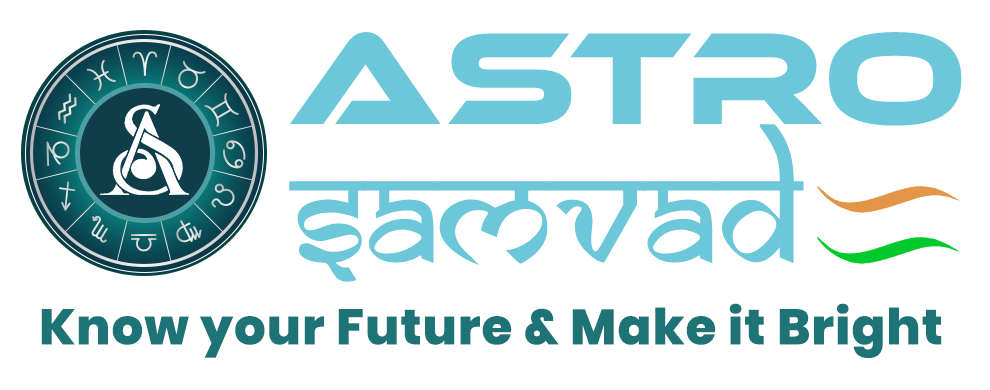Why is Shraddh observed in Ashwin Month
Significance of Shraddh in Ashwin Month and Amavasya
The practice of performing Shraddh rituals during the Ashwin month holds deep spiritual and astrological significance in Hindu tradition. While Amavasya (New Moon) is seen as the "mealtime" for ancestors, the Shraddh rituals of Ashwin month, also known as Pitrpaksha, have a special significance, akin to a grand festival for the ancestors.
Amavasya as the Regular Mealtime for Ancestors
Amavasya is considered a routine occasion for offering food and prayers to ancestors. It is believed that on this day, due to the proximity of the Moon and the Sun, the offerings made by descendants reach their forefathers with ease. These offerings, called Havya, satisfy their spiritual presence, bringing blessings to the family.
Pitrpaksha: The Grand Festival of Ancestors
Pitrpaksha in the Ashwin month is a more elaborate event, much like a festival for honoring ancestors. It is during this time that all forefathers descend to Earth to visit their descendants. The rituals performed during this period, referred to as Paarvan Shraddh, hold immense significance as they ensure the well-being of one's lineage and the satisfaction of all ancestral spirits.
Astrological and Scientific Significance
-
Sun's Position and its Role in Shraddh:
- According to astrological calculations, the Sun at 10 degrees in Aries (Mesha) is at its highest and furthest from the Earth’s orbit, symbolizing supreme divinity. Conversely, the Sun at 10 degrees in Libra (Tula) is at its lowest and closest to the Earth's orbit, creating a powerful connection between the Earth, Sun, and Moon.
- During Pitrpaksha, when the Sun transitions from Virgo (Kanya) to Libra, this proximity allows the offerings made in the sacred fire (Hut Kavya) to travel seamlessly to the ancestral realm through the Sun's and Moon's orbits.
-
Role of the Moon and Illumination:
- The Moon, illuminated by the Sun’s rays (referred to as Sushumna), acts as a mediator, transmitting the offerings to the ancestors.
- This relationship between the Sun and Moon amplifies during Amavasya and Pitrpaksha, making it an ideal time for honoring ancestors.
-
Scientific Basis of Kanyagat Shraddh:
- The period between 10 degrees of Virgo (Kanya) to 10 degrees of Libra (Tula) marks the Sun’s closest proximity to the Earth. This cosmic alignment strengthens the connection between Earth, the Sun, and the Moon, making it scientifically and spiritually significant to perform Shraddh rituals during this time.


